To put a positive spin on the last couple of years, I think it’s fair to say we’ve all enjoyed our backyards more than ever before! From planting new shrubs and trees to enjoying fresh homegrown produce and colorful flowers, people are rediscovering the joy and stress relief gardening has to offer. As you’ve spent time in your yard this summer, you may have noticed your grass could use some love. Whether you’re patching bare spots in the lawn or starting from scratch, September is ideal for planting grass seed, so here are some tips for getting the best lawn in the neighborhood.
First, compared to spring, September’s significantly warmer soil temperatures put seed germination on the fast track. While grass may take two weeks to sprout in spring, seed planted in September can sprout in as little as five days. So if patience isn’t your strong suit, use some time this month to tackle that yard project!
Regardless of the size and scope of your project, be sure to start with a good layer of topsoil. If you’re putting in your first lawn at a newly-built home, you’ll want at least six inches of good topsoil, and don’t skimp on this step, as the foundation of your yard will determine your long-term success. If your project involves reseeding patches, rake out any dead grass, or if your sod is matted, dig out what you can and level the area with an inch or two of fresh topsoil to give new grass the best opportunity to grow.
After spreading topsoil, apply your seed and starter fertilizer. Just like anything else you grow, grass seed needs nutrition, and grass planted without fertilizer sprouts slowly and unevenly. Be sure to choose a starter fertilizer with phosphorus instead of regular lawn food. To protect waterways, phosphorus is absent from most lawn fertilizers, but as a crucial ingredient for developing roots it is still allowed in starter fertilizers, so choose a product like Scotts Turf Builder Starter for best results.
As for what kind of seed to choose, I recommend choosing a mix high in fescue, which handles our cool, wet winters better than any other type of grass. Select a blend with at least fifty percent fescue for success in our climate. Remember, you get what you pay for, so avoid cheap mixes as they will likely contain low-quality grasses or even weeds. At Vander Giessen Nursery, we sell and recommend our own Vander Giessen Seed Mix, which we have used for over 40 years with a great track record of success.
Next, spread a fine layer of peat moss or compost over your new seed. Your goal with this step is not to bury the seed—grass needs sunlight to germinate, so you don’t want to smother it—but rather to provide a bit of a blanket to hold moisture and regulate temperature.
Finally, water, water, water! Grass sprouts quickest and most evenly in moist—not waterlogged—soil, so set a sprinkler to run three or four times a day for just five to ten minutes until the grass is sprouted. Continue to sprinkle frequently until after the first mowing, at which point you can reduce to once-daily watering until the grass is well-established.
For those of you with a picture-perfect lawn that doesn’t need any reseeding this fall? Pat yourself on the back—then feed your lawn for autumn, remembering to save the “winterizer” fertilizer for later this fall after you put the mower away for the year. And if you’ve battled poa annua–or annual bluegrass—in your lawn this year, September is a great time to apply Bonide Crabgrass Plus for fall and winter poa prevention.
With the nearly unbeatable weather September offers us in the Pacific Northwest, this is the best time to plant just about anything, so use this month to refresh your planters with colorful pansies for blooms all autumn and into next spring, plant some shrubs and trees to take advantage of the warm soil for quick rooting and establishment, and soak up the Vitamin D while the sun still shines brightly each day!


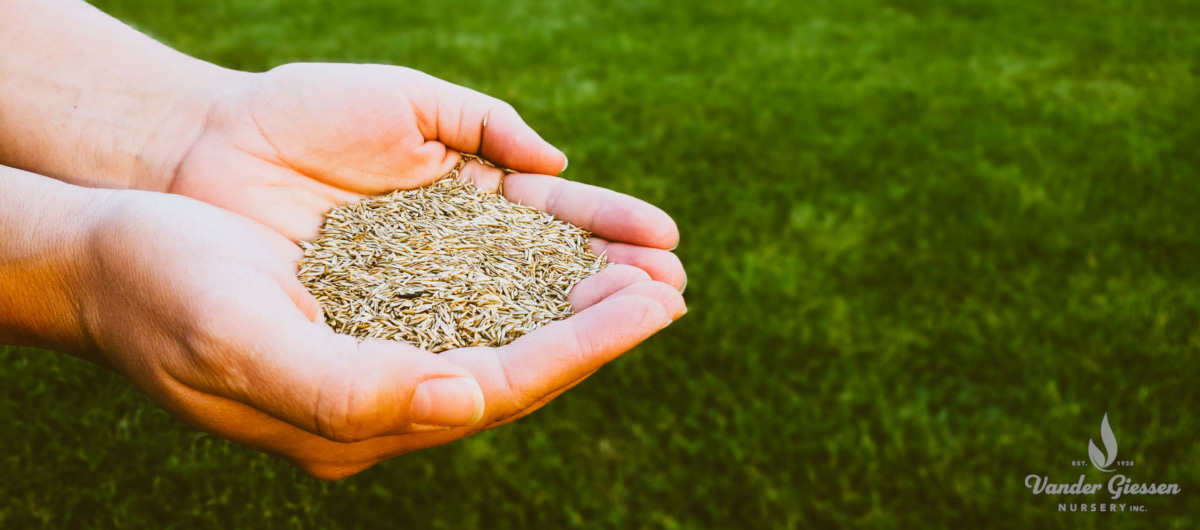

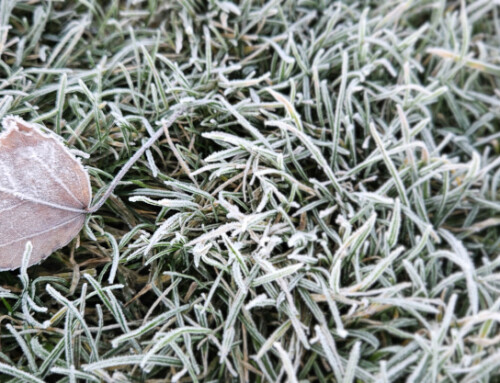
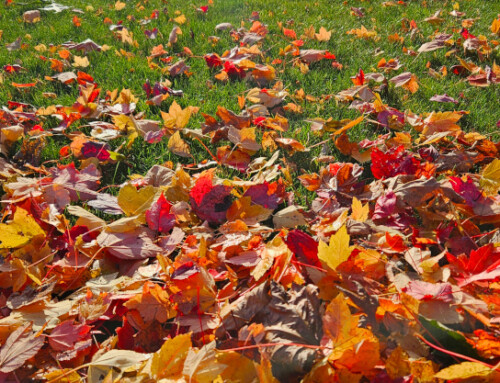
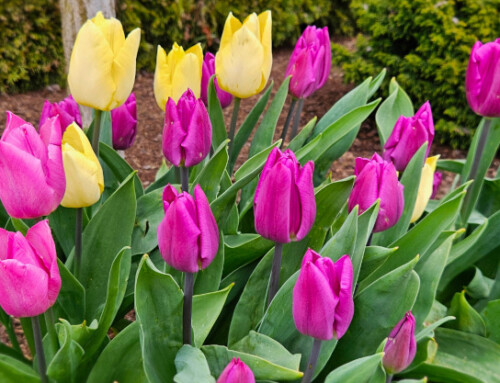
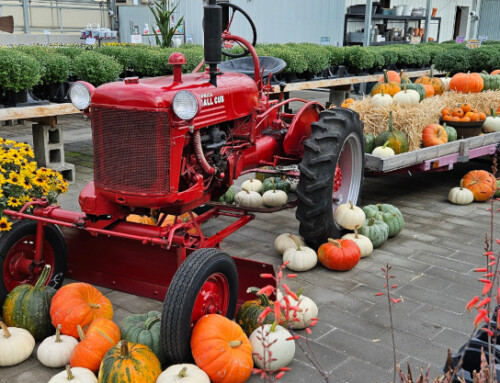
Leave A Comment